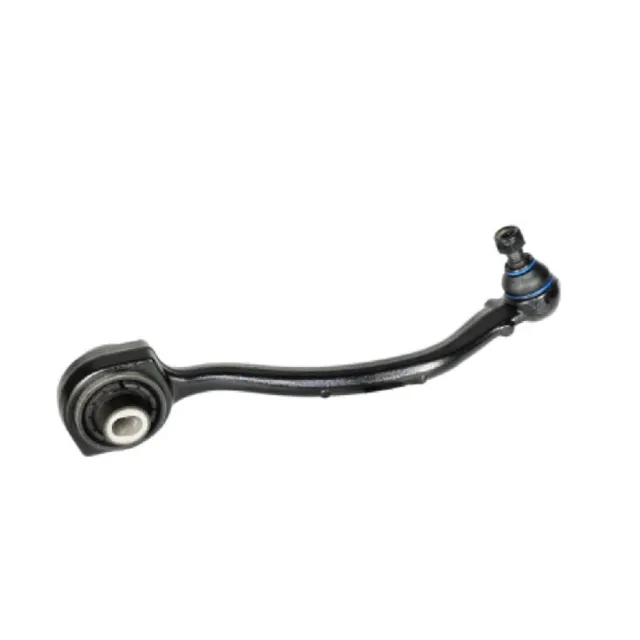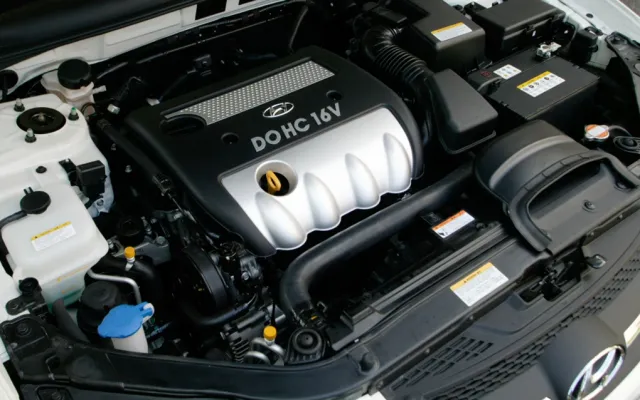
Marine 4T Motor Oil 15W-40
March 2, 2025
G6DB
March 6, 2025Control Arm
$ 200
The Control Arm is a crucial component of a vehicle’s suspension system, connecting the wheel hub and steering knuckle to the vehicle’s frame. It allows for smooth vertical movement of the wheels while maintaining proper alignment and handling. Control arms are equipped with bushings and ball joints to absorb shocks and ensure stability during driving.
and steering knuckle to the vehicle’s frame. It allows for smooth vertical movement of the wheels while maintaining proper alignment and handling. Control arms are equipped with bushings and ball joints to absorb shocks and ensure stability during driving.and steering knuckle to the vehicle’s frame. It allows for smooth vertical movement of the wheels while maintaining proper alignment and handling. Control arms are equipped with bushings and ball joints to absorb shocks and ensure stability during driving.
The Control Arm is an essential auto part designed to provide stability, control, and smooth handling for your vehicle. It plays a critical role in the suspension system by linking the chassis to the wheel assembly, allowing for controlled movement over uneven surfaces. Constructed from high-quality materials like forged steel or aluminum, control arms are built to endure significant stress and weight while maintaining durability and performance.
Key features include:
- Precision Engineering: Ensures optimal alignment and handling.
- Durable Construction: Resists wear, corrosion, and heavy loads.
- Integrated Bushings and Ball Joints: Absorb road shocks and reduce vibrations.
- Vehicle-Specific Design: Tailored to fit specific makes and models for seamless installation.
Whether you’re driving on smooth highways or rough terrains, the control arm ensures a comfortable and safe ride by maintaining proper wheel alignment and suspension geometry. Regular inspection and replacement of worn control arms are essential to prevent uneven tire wear, poor handling, and potential safety hazards.
| Approval | ACEA A3/B3 |
|---|
Related products
-
G6DB
Rated 3.00 out of 5$ 2.700the second generation of V6 or Lambda II engines appeared on the restyled Sonata. These power units were distinguished by the presence of CVVT phase regulators already on all camshafts, as well as a plastic intake manifold with a three-stage geometry change system.
-
D4EA
$ 1.200The 2.7-liter V6 Hyundai G6BA engine was assembled at an enterprise in Korea from 1999 to 2012 and was installed on top versions of such popular models as Sonata, Magentis, Santa Fe, Tucson. There was a gas modification of this power unit under its own index L6BA.
In 1999, Hyundai introduced its own V6 unit to replace the G6AV engine, which was essentially a clone of the 24-valve version of the 2.5-liter Mitsubishi 6G73 engine. Of the differences here is an aluminum cylinder block with a closed cooling jacket, as well as a different timing belt: the belt rotates the intake camshafts, and the exhaust camshafts are connected to them by a chain.
Otherwise, it is the same V-shaped 6-cylinder unit with a 60° camber angle, a pair of aluminum DOHC heads with hydraulic lifters, a modern ignition system and an intake manifold, which received a proprietary VIS-type geometry change system.
The Delta family also includes engines: G6BP and G6BV.
The engine was installed on:
- Hyundai Coupe 2 (GK) in 2001 – 2008;
- Hyundai Sonata 4 (EF) in 2001 – 2012;
- Hyundai Santa Fe 1 (SM) in 2000 – 2012;
- Hyundai Tucson 1 (JM) in 2004 – 2009;
- Hyundai Trajet 1 (FO) in 1999 – 2008;
- Kia Magentis 1 (GD) in 2001 – 2006; Magentis 2 (MG) in 2005 – 2006;
- Kia Opirus 1 (GH) in 2003 – 2006;
- Kia Sportage 2 (KM) in 2004 – 2010.
-
G4KD
$ 3.800The 2.0-liter Hyundai G4KD engine was produced in the USA and South Korea from 2008 to 2014 and was installed on many of the company’s popular models until it gave way to the similar G4NA. Now this motor is assembled at the Hyundai Wia plant in Shandong province for the local market.
In 2008, the Hyundai-Kia concern introduced an updated line of Theta II power units, which included two naturally aspirated engines with distributed injection of 2.0 and 2.4 liters. They were distinguished from the predecessors of the Theta family by the presence of phase shifters on both shafts, as well as a new intake manifold equipped with a proprietary VIS geometry change system. In all other respects, these are the same engines with an aluminum cylinder block, cast-iron liners, an aluminum 16-valve block head without hydraulic lifters and a timing chain drive.
In some markets, a modification of this engine with a single phase regulator was installed, especially often such a unit is found on Kia Forte sedans from South Korea.:










Reviews
There are no reviews yet.